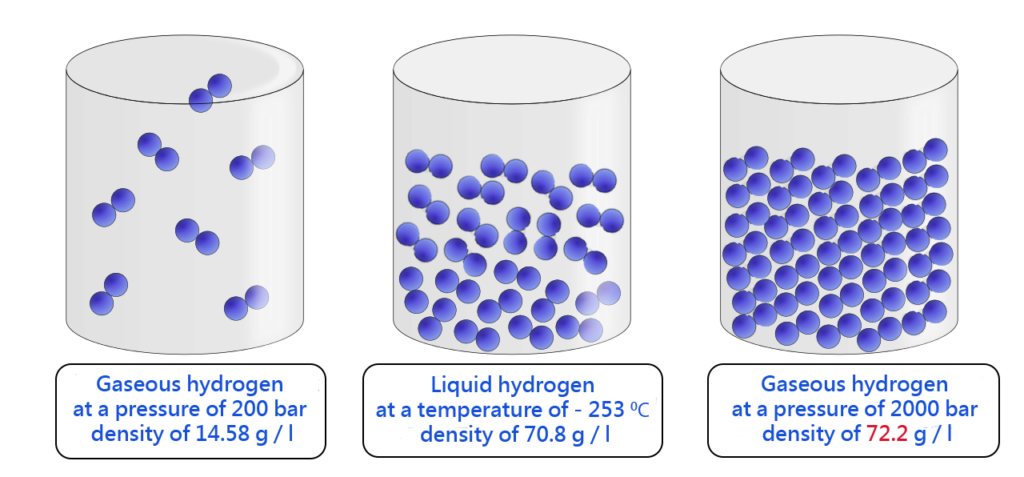Mass calorific value of chemical fuels under normal conditions, (MJ/kg)
1. Hydrogen
120 MJ/kg
100%
2. Natural gas
40.41%
3. Gasoline
37.91%
4. Diesel fuel
35.5%
5. Coal
24.5%

The volumetric calorific value of chemical fuels under normal conditions, (MJ/m3)
1. Coal
38220 MJ/m3
100%
2. Diesel fuel
95.8%
3. Gasoline
84.5%
4. Natural gas
0.1%
5. Hydrogen
0.03%





